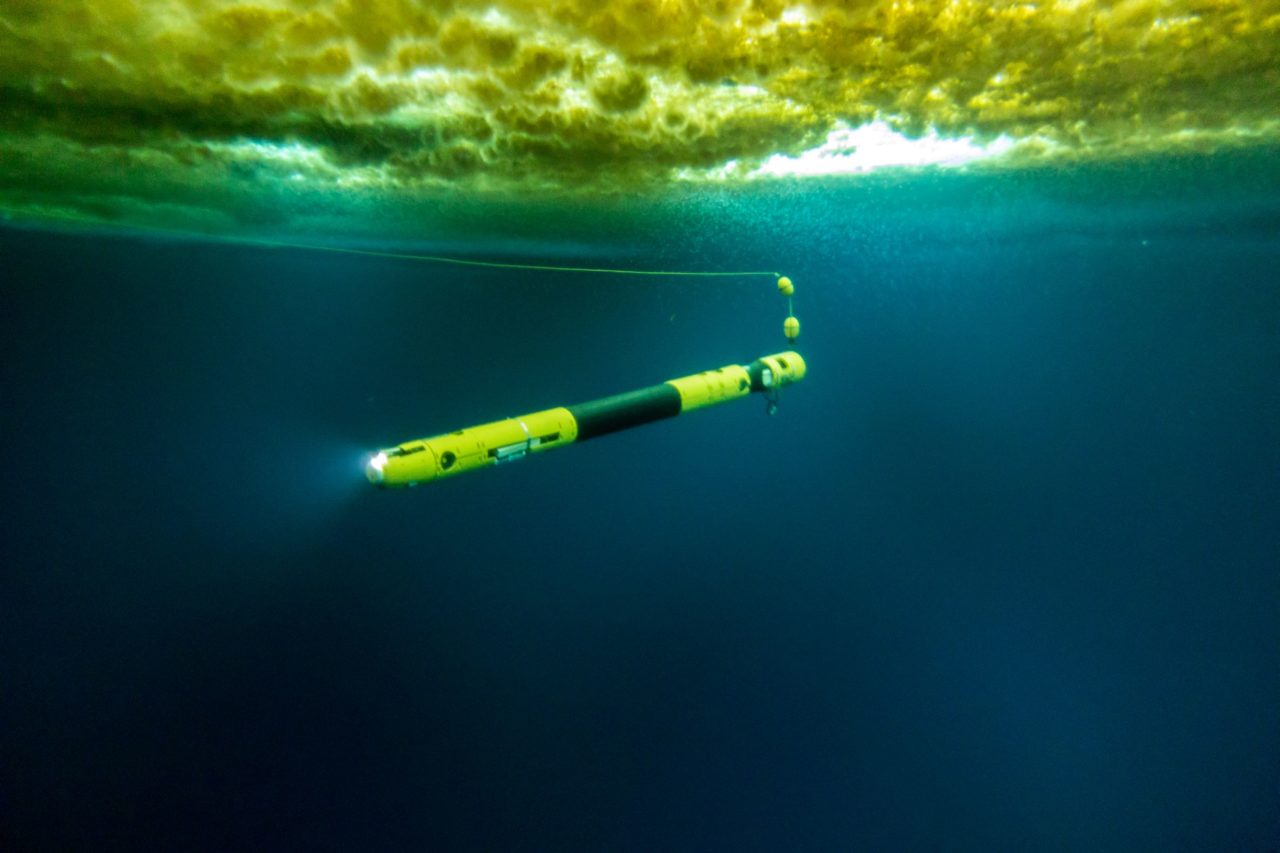Exploring the world of underwater cables or submarine communications cable or internet cables in the ocean: types, buying guide, tips, uses, and FAQs
Underwater cables, also known as submarine cables, are the backbone of global communications, connecting continents and enabling the seamless flow of data across vast oceanic expanses. These cables play a crucial role in modern telecommunication infrastructure, supporting internet connectivity, voice communications, and data transfer. In this blog, we’ll delve into the types of underwater cables, provide a comprehensive buying guide, offer tips for their use, discuss their various applications, and answer frequently asked questions.
Types of Underwater Cables
Underwater cables come in different types based on their construction, purpose, and capacity. The primary types include:
Telecommunications Cables:
Description: These are the most common type of submarine cables, designed to transmit large volumes of data over long distances.
Structure: Typically consists of multiple layers including optical fibers, gel, steel wire armoring, and polyethylene insulation.
Purpose: Used for internet connectivity, telephone communications, and data transfer between continents.
Power Cables:
Description: Submarine power cables are used to transmit electrical power across bodies of water.
Structure: Contains conductive materials like copper or aluminum, insulation layers, and protective armoring.
Purpose: Used in underwater power transmission, connecting offshore wind farms, and linking islands to mainland power grids.
Specialty Cables:
Description: These include hybrid cables that combine power and data transmission, and cables used for specific scientific or military purposes.
Structure: Customized based on application requirements, may include additional shielding and special materials.
Purpose: Used in specialized applications like seismic monitoring, underwater research, and defense communication systems.
Buying Guide for Underwater Cables
Purchasing underwater cables requires careful consideration of several factors to ensure the chosen cables meet the specific needs of your project. Here’s a comprehensive buying guide:
Determine the Application:
Identify whether the cable is for telecommunications, power transmission, or a specialized purpose.
Assess the data or power requirements of your application.
Evaluate Cable Specifications:
Bandwidth and Capacity: For telecommunications cables, ensure the cable supports the required data bandwidth and capacity.
Voltage and Current Ratings: For power cables, check the voltage and current ratings to match your power transmission needs.
Fiber Count: For data cables, determine the number of optical fibers required based on the volume of data to be transmitted.
Assess Environmental Conditions:
Consider the depth of water and environmental conditions where the cable will be deployed.
Ensure the cable is rated for the pressure, temperature, and potential mechanical stresses of the underwater environment.
Durability and Protection:
Look for cables with robust armoring and insulation to withstand physical damage and corrosion.
Consider additional protection like double-armored cables for high-risk areas.
Compliance and Standards:
Ensure the cables comply with relevant industry standards and certifications.
Check for compliance with international regulations for submarine cables.
Cost and Budget:
Evaluate the total cost of ownership, including installation, maintenance, and potential repair costs.
Balance quality and budget to get the best value for your investment.
Tips for Using Underwater Cables
Proper handling and maintenance of underwater cables are essential to ensure their longevity and reliability. Here are some tips for using underwater cables effectively:
Installation:
Follow best practices and manufacturer guidelines for cable installation.
Use specialized vessels and equipment for laying cables to prevent damage.
Regular Inspection and Maintenance:
Conduct periodic inspections to detect and address any damage or wear.
Perform maintenance activities like cleaning and checking for corrosion.
Protection Against External Damage:
Implement measures to protect cables from fishing activities, anchor dragging, and natural hazards.
Use protective sheaths or armoring in high-risk areas.
Environmental Considerations:
Assess environmental impacts and comply with regulations to minimize ecological disruption.
Consider environmental factors like ocean currents, marine life, and seabed conditions during planning and installation.
Monitoring and Repairs:
Utilize monitoring systems to detect faults and monitor cable performance.
Have contingency plans and resources in place for quick repairs in case of damage.
Uses of Underwater Cables
Underwater cables have a wide range of applications across various sectors. Here are some of the key uses:
Internet Connectivity:
Underwater telecommunications cables are the backbone of the global internet, enabling high-speed data transfer between continents.
International Communications:
Supports voice, video, and data communications, facilitating international calls, video conferencing, and data exchange.
Power Transmission:
Submarine power cables transmit electricity from offshore wind farms and connect islands to mainland power grids.
Scientific Research:
Used in oceanographic research, seismic monitoring, and underwater exploration to gather data from the marine environment.
Military and Defense:
Provides secure communication channels and power supply for naval operations and underwater defense systems.
Energy Sector:
Facilitates the transmission of power from offshore oil and gas platforms to onshore facilities.
FAQs
- What is an underwater cable?
An underwater cable, or submarine cable, is a cable laid on the seabed between land-based stations to carry telecommunication signals or electrical power.
- How are underwater cables installed?
Underwater cables are installed using specialized ships called cable-laying vessels, which lay the cables along a pre-determined path on the seabed.
- How long do underwater cables last?
The lifespan of underwater cables typically ranges from 25 to 40 years, depending on the type of cable and environmental conditions.
- What are the main challenges in maintaining underwater cables?
Main challenges include physical damage from marine activities, corrosion, environmental factors, and the high cost of repairs and maintenance.
- Can underwater cables be repaired?
Yes, underwater cables can be repaired using specialized repair ships and equipment. Repairs involve locating the fault, retrieving the cable, and splicing or replacing the damaged section.
- How deep can underwater cables be laid?
Underwater cables can be laid at depths of up to 8,000 meters (26,247 feet), although most cables are installed at shallower depths.
- Are underwater cables safe for the environment?
While the installation and presence of underwater cables can have some environmental impact, modern practices aim to minimize disruption to marine ecosystems.
Underwater cables are an essential component of global communications and power transmission infrastructure. Understanding the types of cables, how to select the right ones, and how to maintain them can ensure their effective and reliable use. From enabling international internet connectivity to powering offshore installations, these cables play a critical role in our interconnected world. By following the guidelines and tips provided, you can make informed decisions and optimize the performance and longevity of your underwater cable systems.
Contact Linden Photonics to get a Underwater Cable quote or Call Us at (978) 392-7985


